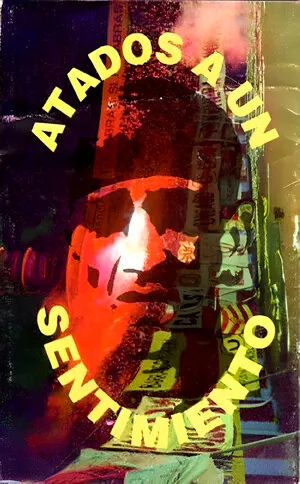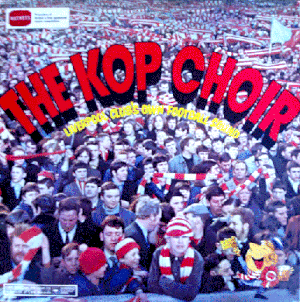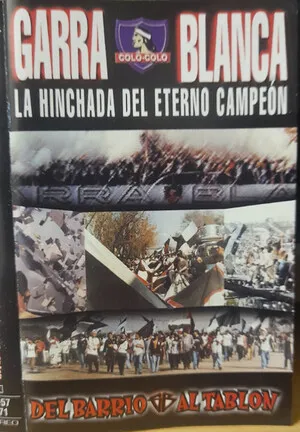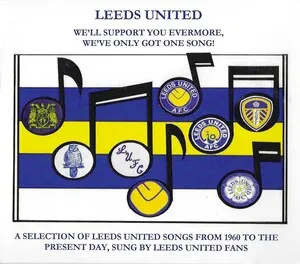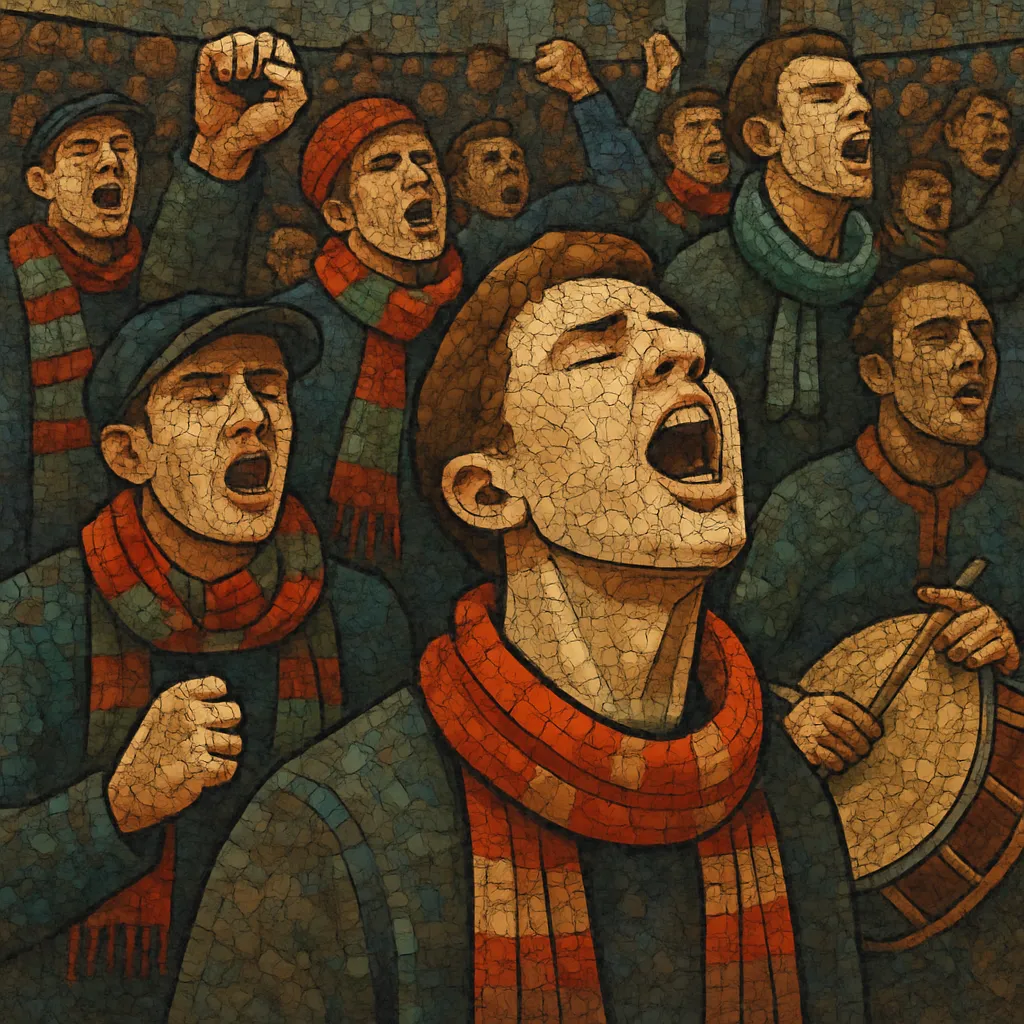
Football chant is a form of mass, unaccompanied (or minimally accompanied) singing performed by supporters at association football matches. It relies on short, catchy melodies and simple, repetitive lyrics that can be learned on the spot and sung collectively for long stretches.
Chants often borrow tunes from popular songs, hymns, children’s rhymes, folk standards, and marches, substituting team-specific lyrics and slogans. The performance emphasizes unity, call-and-response, clapping, and percussion (most commonly handheld drums) to project energy, intimidate opponents, and celebrate identity.
Singing at football grounds has existed since the sport’s early professional era, but the codified habit of adapting familiar melodies into terrace songs coalesced in the 1960s in the United Kingdom. Supporters took well-known tunes from pop and rock, hymns, and folk repertoire and repurposed them with club-specific lyrics, making the chants immediately memorable and highly participatory.
The adoption of "You'll Never Walk Alone" by Liverpool supporters in the 1960s became a global template for anthem-like crowd singing. Across Britain and Europe, fans embedded chants into matchday rituals—entrances, pivotal moments, and post-match celebrations. Italian ultras and South American barras bravas further developed choreographed, drum-driven chanting, creating continuous soundscapes for entire matches.
As global broadcasting expanded, chant styles and specific melodies spread internationally. Signature motifs such as "Olé, Olé, Olé" became universal, and popular songs like The White Stripes’ "Seven Nation Army" (2003) were transformed into ubiquitous football chants after the mid‑2000s, echoing at league and international fixtures.
Major tournaments amplified chant culture, from Iceland’s thunderclap at UEFA Euro 2016 to virally shared team-specific songs that travel through social media. Today, football chants function as living folk music—locally authored, globally exchanged—bridging stadium culture with mainstream pop and rock through their unmistakable sing‑along hooks.

